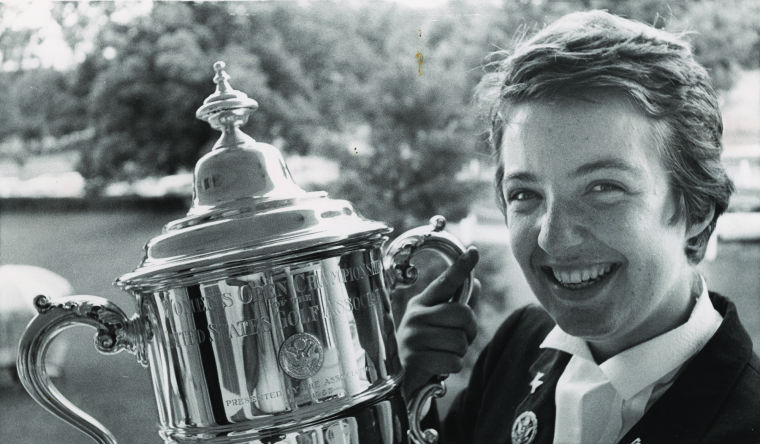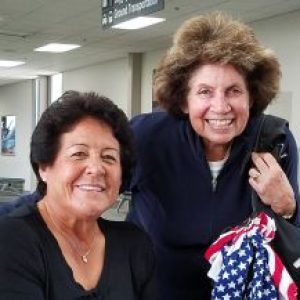Fifty-year anniversaries are big ones! When Women’s Golf learned that Catherine Lacoste (Yes, that Lacoste! – The great French clothing company with the famous crocodile trademark) won the U.S. Women’s Golf Open at the Virginia Hot Springs Country Club in Virginia fifty years ago, we wanted to celebrate and reminisce with her.
And what makes this 50-year anniversary very special is that Catherine won the 1967 U.S. Women’s Open as an amateur. No other amateur golfer has won the Women’s Open since – at least so far. That could change in the upcoming Women’s Open July 13-16 at Trump National Golf Club in Bedminster, New Jersey. Twenty-one amateurs have qualified to play in the total field of 156 golfers.
Catherine’s victory also set two other historic records. She was the youngest golfer at the age of 22 to win the Women’s Open and the second non-American to win. Currently, Inbee Park of Thailand at the age of 19 is the youngest winner and Fay Crocker of Uruguay was the first non-American to win the U.S. Women’s Open in 1955.
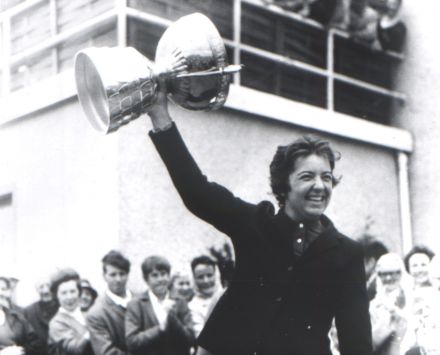
Whether she liked it or not, Catherine was sometimes called “the Crocodile Kid.” Her father, the great French tennis player René Lacoste, invented the crocodile trademark. The family sold the Lacoste brand and business a few years ago. Her mother was a serious, competitive golfer. She won the British Ladies Championship in 1927 as Simone Thion de la Chaume and many other tournaments. Catherine and her mother are the only mother and daughter to have both won the British Ladies Championship.
In the way of further background, the USGA “Opens” are unique in that they are really “open.” It is not necessary to be a member of any Tour or have won any tournament or trophy. Any golfer with a handicap of 2.4 or lower can qualify for the Open (US Open qualification rules).
There are three articles about Catherine that make excellent reading. The first is an absolutely wonderful interview by the great USGA women’s golf historian, Ronda Glenn. The second is a news article in a North Carolina County newspaper “The Pilot” written by Michael Dann in 2014 reminiscing about Catherine’s victory. And at thoughtco.com, a website I just discovered, a story about Catherine five years after her Open victory with a wonderful picture of her with her four children and insights into her post-Open-victory life.
With those articles as background, I still had some questions for Catherine. The following is our conversational interview this week conducted over email:
With all the sports available to you as a child – your father played tennis and your mother played golf and your family traveled to beach resorts – what attracted you to golf?
We did go to the beach every now and then, but mostly we played golf or tennis. I spent all my childhood holidays in St. Jean de Luz, a resort area in the Basque region of northern Spain near the coast and also near the Golf de Chantaco – and very much a part of our family.
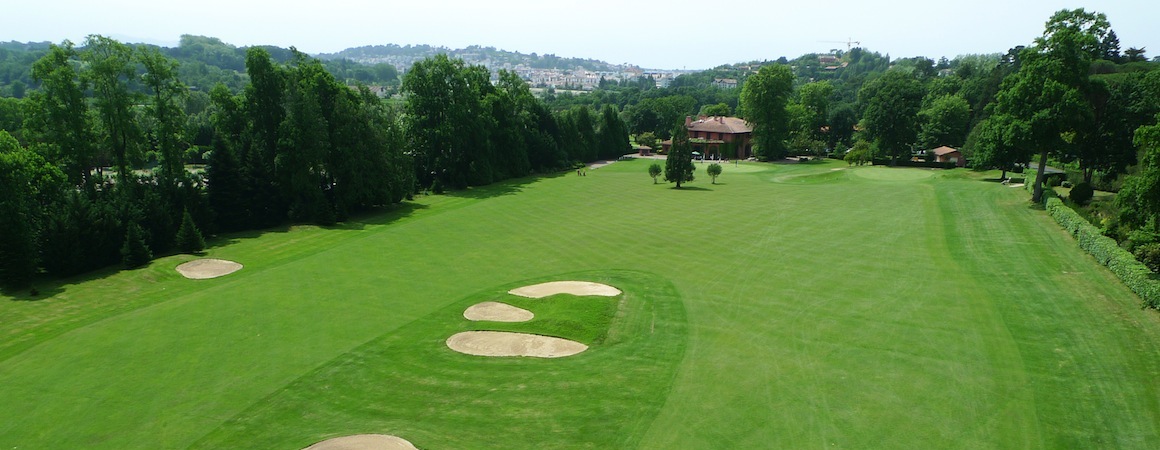
My father, who had a 6-handicap, played golf. And it was easier for a little girl to play golf rather than tennis. But I also played tennis especially later, in winter in order to build up the strength in my legs. I enjoyed most sports: skiing, skating, swimming and horseback riding. I played them all with my children.
Obviously, there are strong athletic genes in your family, but did you still have to practice hard or did golf just seem “easy” and “natural” to you? What was your favorite golf club or shot?
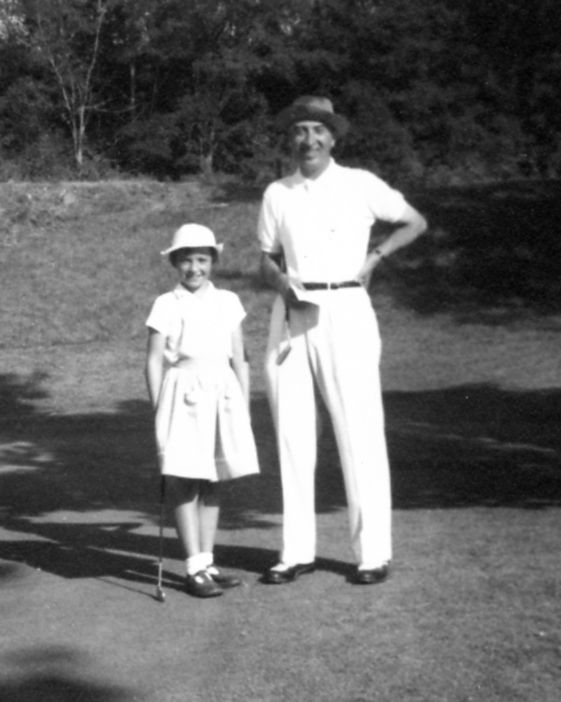
Golf was a natural sport for me. I started very early at eight years old with a good teacher. I played children’s competitions but not in a stressful way as many youngsters do now. I only started to play more seriously much later. My handicap was 24 when I was 13 years old! But then it started going down rather quickly. I got much keener on golf after playing with my teacher, Jean Garaïalde, the best French professional France has had – now 83 years old. His father, Raymond, also was my instructor.
My teacher played with me in a few Pro-Ams and made me like golf very much. I met most of the very good professionals through him. I had a good swing that was natural. But it was further developed and formed by Raymond Garaïalde and later supervised by my father who loved golf and studied Ben Hogan whom he admired. My father would talk to Raymond and together they decided what was better for me. Then Raymond transmitted it to me in a simple and natural way that I could understand. Golf is not so easy. I think the long game was quite natural for me. But, I worked a lot on my short game and even much longer on my putting and chipping. My advice for today’s youngsters who enjoy hitting drives more than putts is that practice in chipping and putting is the best way to lower your scores.
My favorite clubs were the 1 iron, the pitching wedge, and the putter. In fact, my putter was given to me by Jean Garaïalde, when I was 13 years old and I played with it in all my championships, and I still play with it. I think that is unique!
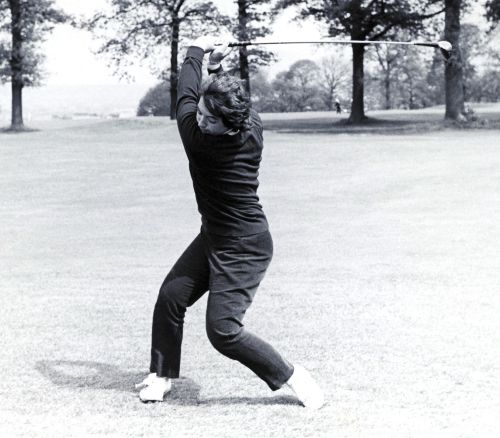
It is clear from my background reading, that you were gifted at the game. But every golfer struggles with some shot or challenge. What were your challenges? Were they physical, mental or both?
I followed a tip of my father: Smile at the ball. That helped me to relax. I sometimes had problems with my pull, coming from my desire to hit the ball hard. At my time, I was one of the longest hitters. But around 17 years old, I was slicing a lot. There was a meeting, and we all decided to follow the way Palmer held his wrist at the top of his swing, with the face of the club facing the sky. I think it was one of the decisions which helped me for my future.
There are hints that the U.S. women golfers were not all that friendly to this French amateur golfer who took home the U.S. Women’s Open trophy. Can you share with us your memories after your Open victory? How were you treated by the U.S. women golfers?
I think that they were surprised to see an amateur win even though I had won the World Championship three years before and had finished 14th, two years before that. For them, it was important to have an Open Champion from the U.S. to play in their other tournaments in order to attract more fans and sponsors. My victory probably hurt them.
But I prefer to remember those who were really friendly, like Patty Berg who celebrated my 22nd birthday on the Tuesday of the tournament. And Carol Mann who played with me saying and joking that it wasn’t fair for me to hit the ball so long being so small. Carol was around 6 feet compared to my 5,3 feet! Obviously, the amateur golfers were thrilled!
Let’s fast-forward: What are your impressions or opinions about the state of women’s golf today – 50 years after your victory?
Women’s golf has obviously improved very much through the clubs, balls, and number of people playing but it still remains a very difficult game to play well and get to the top. I asked good players to play with my old driver, a Wilson wooden club, and my 1-iron. They were really difficult for them!
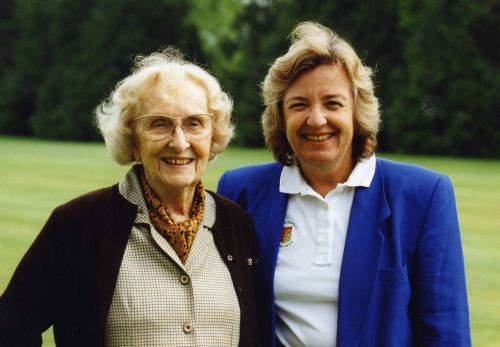
The USGA and the R&A are going to simplify the Rules of Golf. Are there any rules in particular that you would like to see changed.
I think simplifying the rules is a very good idea because it is really difficult to know them all. Obviously, we can’t go back to my mother’s day when you played as the ball lies even without marking the ball on the greens! But, for example, the rules to quicken play are very important. And disqualifying players for things that have nothing to do with the game seems a pity.
About retirement from golf: As you know several very successful young women have decided to leave the professional tours and go back to their home countries to spend more time with their family. Can you relate to these talented women golfers who want more “home” life and less competition? Do you have any advice for women who want to have families and play competitive golf?
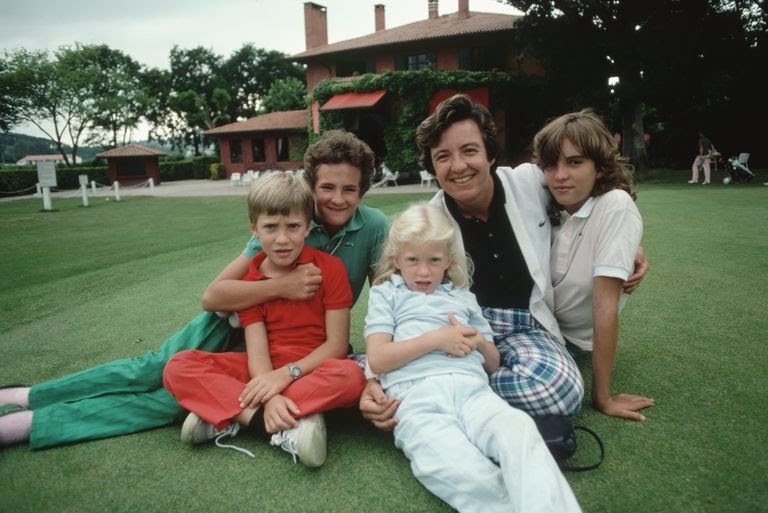
I especially know Lorena Ochoa who retired to have her family, and I congratulated her on doing it at the time. I am going to her induction into the World Golf Hall of Fame in September. I don’t think she ever regretted it. There is a time for everything. I personally retired from most of competitive golf in 1970 when I was twenty-five even though I still played a few tournaments for France in the World Team Championships. I got married and had four children in ten years. For me, they are my biggest wins in life! I think it is very difficult to play very high competition and have a normal family life.
You were a phenomenon when you arrived from France to play at the Open. Were there any other women like you at that time? But going a little further, women’s professional golf has become very “global”. Do you have some views on this global trend? Do you think it is good or not-so-good for the overall growth of women’s golf?
In France, I had two very high-level rivals who were five years older than me: Brigitte Varangot and Claudine Cros-Rubin who won the Women’s World Team Championship with me in 1964. The competitive rivalry between us certainly helped me to improve. But what also helped me was competing in the 1965 U.S. Women’s Open where I finished fourteenth. And then when I came back in 1967, I won it. The standard was certainly higher. Precision was very important. Every player wanted to win, which created a very competitive field. Now there are many more players and countries who play. Surely the standard is higher and better.
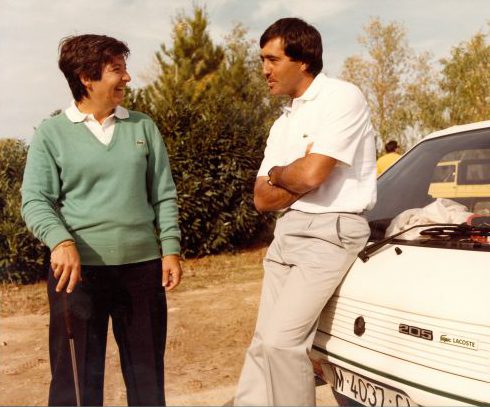
And of course, the question you probably have been asked many times: Why did you stop at the “amateur” level and not become the great professional golfer you might have become.
At my time there were no professionals in Europe and I liked to play all around the world with the French team. I was also very lucky to have parents who were able to let me play many tournaments
Of all the women golfers you have played with and against in your career, are there any that influenced your life in a meaningful way?
Perhaps Brigitte Varangot and Claudine Cros-Rubin, two French amateur golfers that I played with in French Championships. These two players were the other two members of the French Team with whom I won the 1964 World Team Championship. But I think I was more influenced by men players like all the boys from my home club I played with as a child. I used to play from the back tees with them. And people I have admired like Severiano Ballesteros, Gary Player, Roberto de Vicenzo, Lorena Ochoa and obviously Jean Garaïalde, the great French golfer and son of my first instructor!
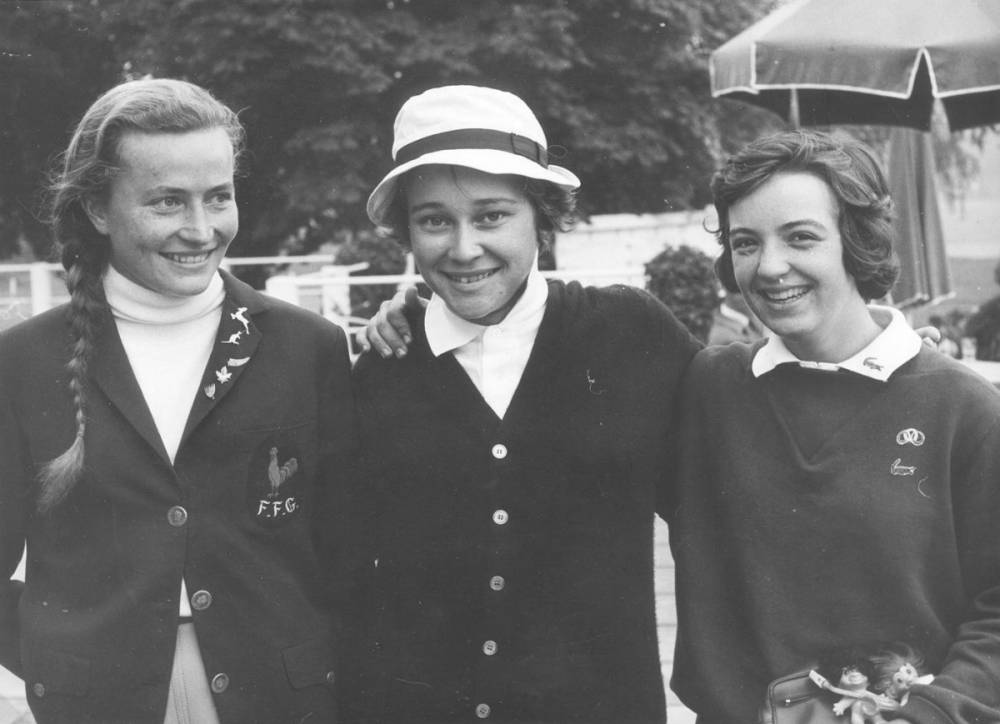
Do you have a message or advice that you would like to share – be it instructional or inspirational – about the game of golf.
I think people play too seriously: Smile at the ball! Also, golf needs a certain maturity, and it doesn’t help to push very young players to play too early and too seriously. It is a good idea for them to play but not to think they must be champions very early. Let time make its way and let them enjoy the game. Their golfing life will be longer.
Thank you for remembering with me!
Feature photo – USGA Archives. All other images provided by Ms. Lacoste.

